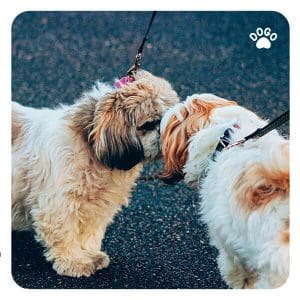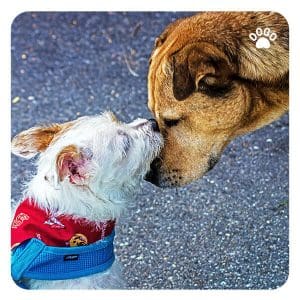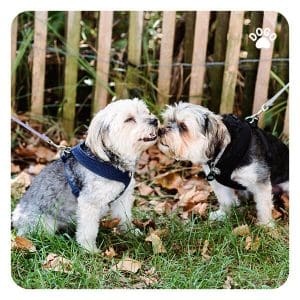
A World of Scents
Dogs live in a world of scents, and olfaction is their most developed sense. They have up to 300 million cells dedicated to interpreting smells, unlike about 6 million humans. It is how they discover the world, their environment, humans, other animals and dogs. Some breeds have a much better sense of smell than others, but for all dogs, exploring places with their mouth is very important for their well-being.
Dogs have a powerful sense of smell that is 1,000 to 10,000 times more sensitive than humans. They can detect odors that are not detectable by humans, and can also differentiate between individual components of a scent. This makes dogs particularly useful for a variety of tasks such as search and rescue, detecting drugs or explosives, and even diagnosing some diseases. In fact, dogs have been trained to detect certain types of cancer by smelling a person’s breath or urine. Furthermore, dogs use their sense of smell to navigate and explore their environment. They can even use their sense of smell to find their way home if they get lost.
Facebook for Dogs

When they meet a canine friend, one of the first steps is to smell their butt to find out who they are and their intentions. It’s a bit like visiting the Facebook or LinkedIn page of someone we don’t know very well. You find lots of relevant information there, which gives us a good idea about the person’s personality and hobbies. When they meet, thanks to the same glands, dogs can know who they are dealing with by sniffing under the tail. Moreover, a dog holding their tail high would release odours informing that they do not want to play and that it would be better to leave them alone. On the other hand, a dog with a lower and more relaxed tail would not send the same hormonal signals.
What Do They Get Out of It?
During this encounter, dogs obtain information such as the other dog’s age, sex, health and mood. Smelling each other also relaxes the atmosphere, so it’s important not to rush them and let them finish this olfactory parade. By the way, while it’s not recommended to let dogs sniff when on a leash, if you do, keep the leash slack so you don’t rush introductions. Tension on the leash could increase the stress and scramble the information perceived by the dogs during this meeting.
Another important information that they can pick up through smells and hormones is whether the female present is in heat or not. This smell is so strong that a male can smell it several meters away.
When dogs sniff each other, they not only get information about the other dog’s identity, but they also learn about their emotional state. For example, dogs can detect the stress hormones in another dog’s scent, which can tell them if the other dog is anxious or fearful. This information can be used to help dogs communicate better and avoid conflict. Additionally, dogs can also pick up on social cues from other dogs during sniffing. They can learn how to approach other dogs and what behavior is appropriate based on the other dog’s body language and scent. Overall, allowing dogs to sniff each other during introductions is an important part of their socialization and communication. By understanding the importance of sniffing in the dog world, we can help our furry friends have more positive and successful interactions with each other.
Conclusion







